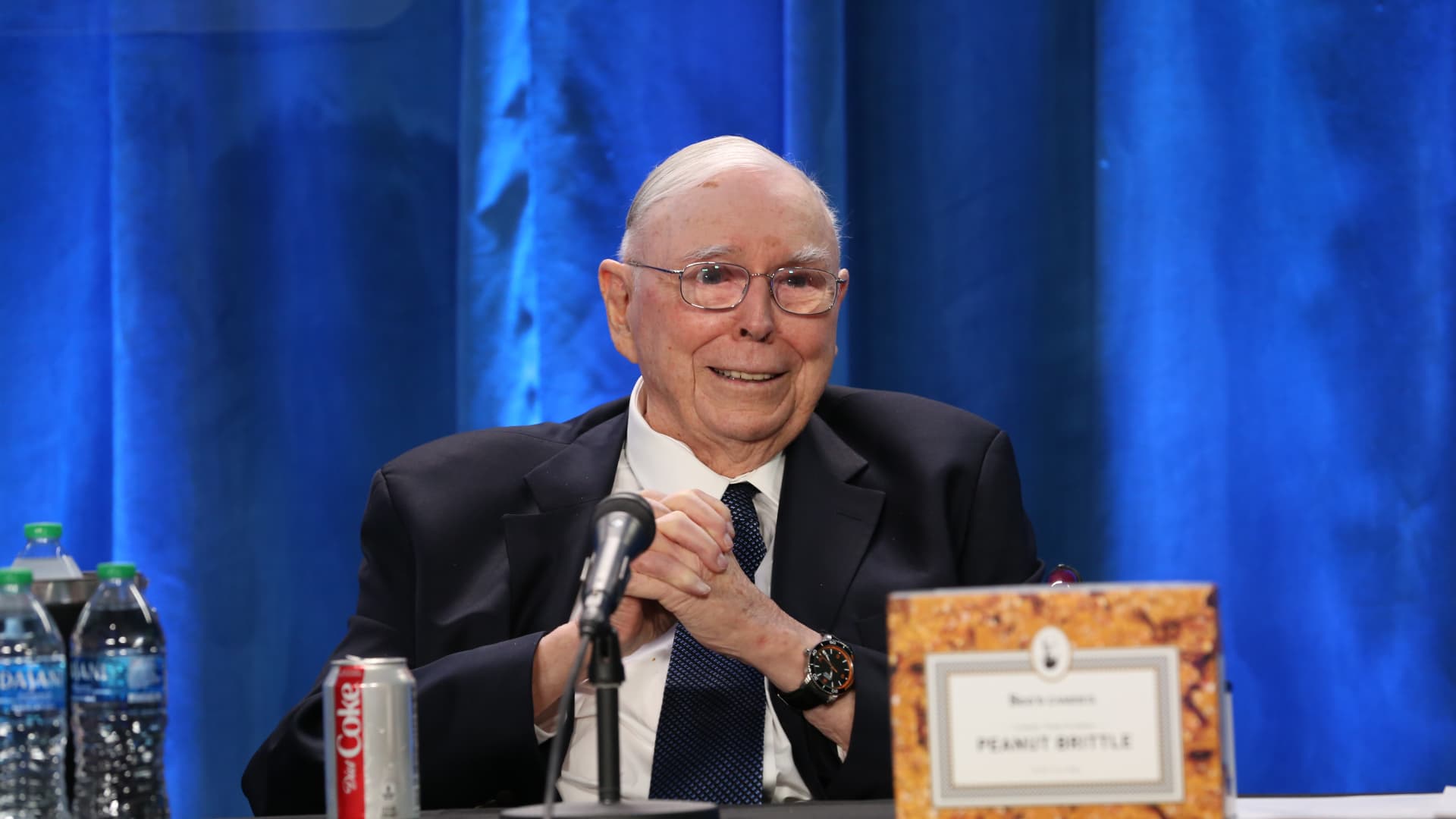India likely to cut benchmark rates for the first time in nearly five years as economy slows, inflation eases


The newly appointed Reserve Bank of India (RBI) governor Sanjay Malhotra leaves after addressing a press conference, in Mumbai on December 11, 2024.
Indranil Mukherjee | Afp | Getty Images
India’s central bank will likely cut benchmark interest rates in its policy meeting that’s underway, as easing inflation offers it room to stimulate a faltering economy, though the rupee hovers at record lows.
The Reserve Bank of India is poised to trim the repo rate by 25 basis points to 6.25% as it concludes its policy meeting on Friday, setting off “a shallow rate cut cycle,” said Taimur Baig, chief economist at DBS Bank.
Indian bonds have rallied in recent weeks with the 10-year benchmark yield falling by 16.5 basis points in about three weeks to 6.664 as of Wednesday close, according to LSEG data, as traders ramp up wagers for an interest rate cut at the February meeting.
If the RBI does lower rates, it will be the first cut in nearly five years. The central bank last reduced rates in May 2020 as the country battled the Covid-19 pandemic-inflicted downturn.
Investors will also scrutinize the statement of the new RBI Governor Sanjay Malhotra to assess the direction of the bank’s monetary policy. Malhotra took charge in December.
“It will be interesting to see if the RBI continues with the governor’s statement, apart from the monetary policy statement, as a tool of policy communication,” Goldman Sachs said.
The Wall Street bank anticipates a quarter-percentage cut this week, along with a monetary policy shift to looser “accommodative” stance from “neutral.” It also penciled in an additional 25-basis-point cut in April.
The benchmark repo rate has remained steady at 6.5% for past two years, as the domestic inflation rate has stayed above the central bank’s medium-term target of 4%, and even breached the RBI’s upper tolerance limit of 6% in October.
“The delay in implementation of universal tariffs by the incoming U.S. administration provides some tactical space for RBI to prioritize domestic growth … and space to cut policy rates,” said Ruhul Bajoria, an economist at Bank of America in India.
Changed house
The softer inflation readings have offered some room for the RBI to lower rates, in what is also the first policy meeting after Malhotra took charge for a three-year term.
His predecessor, Shaktikanta Das had maintained steady interest rates for nearly two years toward the end of his six-year stint.

In RBI’s most recent monetary policy meeting in December, the rate-setting panel kept the key interest rate unchanged in a split decision, while cutting the cash reserve ratio by 50 basis points to 4.0%, effectively easing the monetary conditions.
The new senior monetary policy leadership could give “the MPC a fresh look, but also possibly a different approach,” Bajoria said.
Malhotra has remained fairly tight-lipped on his monetary policy views, but he acknowledged in the financial stability report in December that easing inflation and the potential for monetary policy flexibility were positive developments.
The governor also cautioned the medium-term economic outlook remains challenging, citing risks including rising geopolitical conflicts and financial market turmoil.
He also reportedly ordered a review of the central bank’s inflation and growth forecasting tools in an effort to minimize projection errors.
Weakening rupee
A weakening rupee has made it tougher to loosen the monetary policy. The rupee has been on a steady decline against a stronger dollar, shedding 3.6% against the dollar since early November.
With the rupee hitting record lows against the greenback, any cuts to the bank’s policy rate could spark a further rise in domestic inflation, putting further pressure on the currency and likely triggering capital outflows.
RBI has acted to implement substantial interventions in the foreign exchange market to help cushion a potential sudden outflows of foreign capital and avoid any steep fall in the currency.
“The level of volatility on which intervention is undertaken appears to have shifted higher,” BofA’s Bajoria said, adding that “a weak rupee can influence timing, but would not overrule the need for policy support.”
External headwinds










